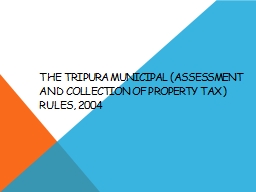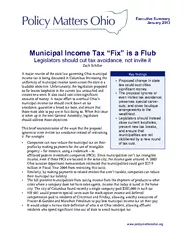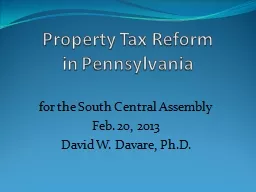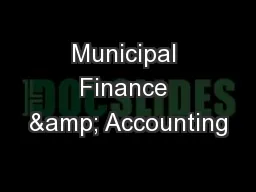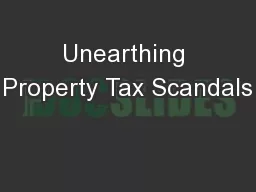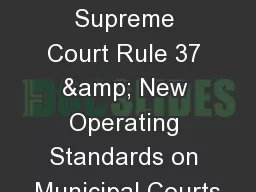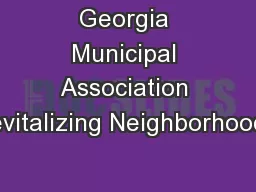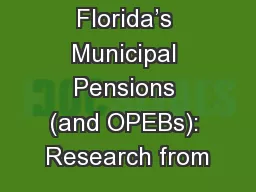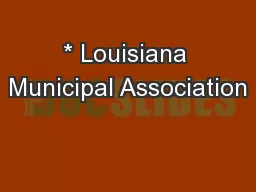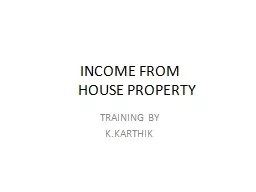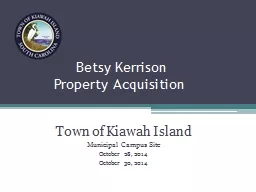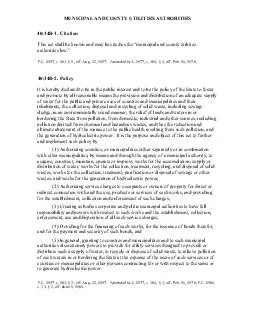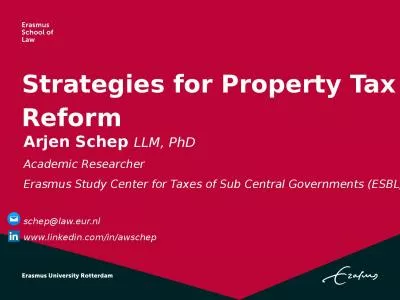PPT-THE TRIPURA MUNICIPAL (ASSESSMENT AND COLLECTION OF PROPERTY TAX ) RULES, 2004
Author : callie | Published Date : 2023-10-30
Property tax concept Property taxation is levied by local governments since ancient times property tax constitutes the most important autonomous revenue source of
Presentation Embed Code
Download Presentation
Download Presentation The PPT/PDF document "THE TRIPURA MUNICIPAL (ASSESSMENT AND CO..." is the property of its rightful owner. Permission is granted to download and print the materials on this website for personal, non-commercial use only, and to display it on your personal computer provided you do not modify the materials and that you retain all copyright notices contained in the materials. By downloading content from our website, you accept the terms of this agreement.
THE TRIPURA MUNICIPAL (ASSESSMENT AND COLLECTION OF PROPERTY TAX ) RULES, 2004: Transcript
Download Rules Of Document
"THE TRIPURA MUNICIPAL (ASSESSMENT AND COLLECTION OF PROPERTY TAX ) RULES, 2004"The content belongs to its owner. You may download and print it for personal use, without modification, and keep all copyright notices. By downloading, you agree to these terms.
Related Documents

